Pop culture has truly become a monster with the advent of streaming and a million cable channels. There are video games, books, shows, and movies coming out all the time, telling old stories, reimagined stories, rebooted stories, and entirely new stories. It’s all content, as some people say, and there’s a lot of it. So much, in fact, that it can be hard to keep track of where it all came from, or the fact that some of the characters we’ve come to know aren’t just characters, but were, at one point, real people.
10. Nicolas Flamel from "Harry Potter" was a real alchemist
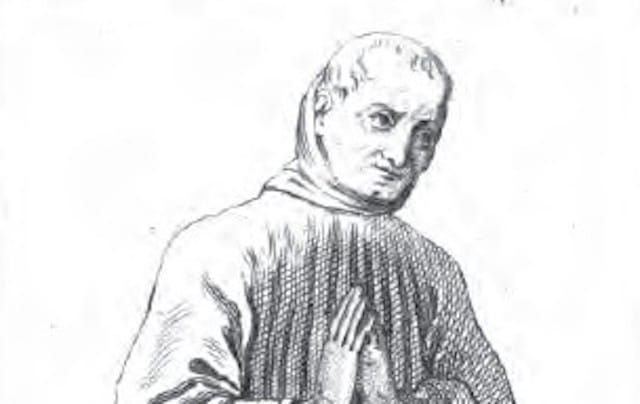
In books and movies about Harry Potter Harry and the gang meet a French wizard and alchemist named Nicolas Flamel. A former friend of Albus Dumbledore, he is the man behind the Philosopher's Stone (or Sorcerer's Stone, if you've only seen the American version of the film). He also appears in the films "Fantastic Beasts" , which take place in the same magical world.
But Flamel is not one of the author's creations. Potter J.K. Rowling He was a real person, and he really did want to create the Philosopher's Stone, like many alchemists throughout history.
The "real" philosopher's stone, or what people hoped to find or create, was supposed to be able not only to turn things into gold, but also to grant immortality. Flamel said that he bought a book in an unknown language from a traveler and after many years of trying, he managed to translate it and turn half a pound of mercury into silver and then into gold.
As the story goes, he donated the money and continued his studies for the rest of his years, eventually giving up transmutation because he felt that such an ability was too dangerous for humans. He is said to have hidden the book so that no one could find it and learn the secrets. However, many people suspect that his money only came from his wise real estate investments.
Known science suggests that Flamel failed to transmute base metals into gold, and the fact that he actually died certainly makes the idea of immortality look like a failure. Unless he faked it.
9. Bloody Mary From urban legend was Mary Tudor.
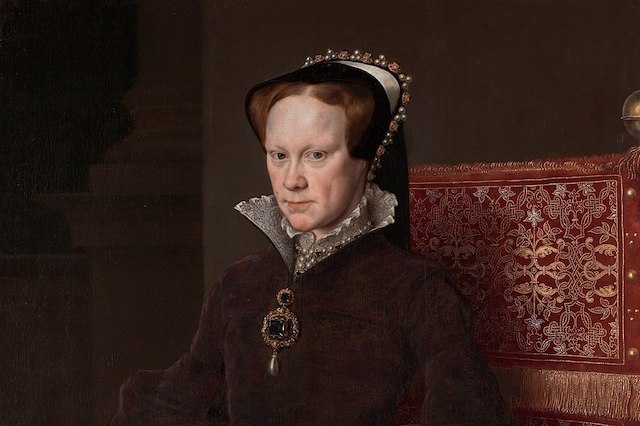
Long before Candyman's name was said to incite the ire of a bee-addled Tony Todd, kids at sleepovers were saying "Bloody Mary" in front of a dark bathroom mirror, hoping to catch a glimpse of the terrifying spirit. Why? Kids are weird. But there's more to the history of Bloody Mary than a party game that ultimately goes nowhere. The Bloody Mary we're talking about was a real person: Mary Tudor.
Much is lost in translation between the real Mary and her reign as Mary I of England in the mid-1500s and the idea of a bloody spirit jumping out of a mirror at a birthday party, but the connection becomes clearer when you look at how long history has chosen to remember Mary.
Mary Tudor was famous for being the first queen of England to rule without a king, making her something of a feminist icon in a historical sense. But her legacy was also one of extreme religious persecution of Protestants, which included many executions. Hundreds, in fact.
Bloody Mary burned Protestants at the stake. Her execution of around 300 Protestants earned her the nickname Bloody Mary, which was perhaps made worse by the fact that a Protestant took over after Mary's death, allowing history to make her look even worse than she really was. Not that it took much effort to make mass arson look bad.
8. Little Debbie still works for the snack food company named after her.

Love them or hate them, Little Debbie snack cakes are ubiquitous in grocery stores across America and beyond, and have been a staple of kids' lunches for decades. Most of us recognize the iconic image of what we were supposed to assume was Little Debbie herself, a young girl in a plaid shirt smiling from the corner of the box.
It turns out that Little Debbie isn't just a corporate homunculus; she was and is a real person. Debbie McKee is the granddaughter of O.D. McKee, who founded the company back in the 1930s by selling cupcakes out of a car during the Great Depression.
In the 1960s, the company rebranded as it grew larger and began selling its baked goods in larger quantities. They chose their 4-year-old granddaughter to be the face and name of the company. Today, Debbie McKee-Fowler still works for the company as its chairman.
7. Captain Morgan was a real privateer

Captain Morgan is one of the best-selling rum brands in the world, and their pirate spokesman is widely known through product labels and commercials featuring his image. But unlike some “real” spokesman who turn out to be just made up for marketing purposes, Henry Morgan was a real pirate, or more accurately, a privateer, meaning that any raids and pillages he carried out were backed by the authority of the British Crown and therefore entirely legal.
Morgan spent most of his life plundering Spanish cities and amassing vast wealth and land in Jamaica. He owned sugar plantations, kept slaves, and earned a reputation as a pirate king. King Charles even knighted him and at one point made him lieutenant governor of Jamaica.
His reputation as a villain was greatly exaggerated in books and stories by former crew members, to the point that he even had to file lawsuits over it in his own life. But his supposed love of rum and the vast plantations he owned were perfect fodder for using him in the modern era as a brand ambassador.
6. Monterey Jack cheese was sold by David Jack of Monterey.
Monterey Jack is one of the few cheeses that has a human name, and it turns out there's a reason for that—Monterey Jack was a human. His real name was David Jack, and despite the cheese being a favorite among cheese lovers, David Jack himself was apparently nothing short of villainous.
Jack came to California in 1848, shortly after it became part of the United States. He quickly set about grabbing as much land as he could through some underhanded means when the legal landowners couldn't pay their legal bills. He and a lawyer got 30,000 acres of land in Monterey for about $1,000.
Jack immediately raised taxes on the land and foreclosed on those who did not pay. He took control of the ranches, the vineyards, and the cheese production. What had once been a cheese made by Mexican villagers known as queso blanco país was renamed Jack's cheese. As it spread, it became Monterey Jack's cheese and eventually what we know today.
Jack by no means invented cheese, but he certainly took credit for it.
5. Jethro Tull is named after a real historical figure.
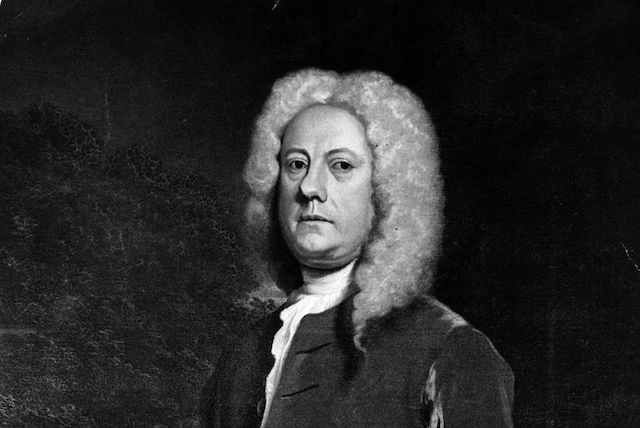
Jethro Tull were one of the most famous bands of the 70s and have a legacy of creative, quirky blends of hard rock and folk that few other bands ever attempted. Many of the tracks featured the lead singer playing the concert flute, something not often seen in rock bands.
What many fans never knew at the time, and perhaps still don’t know, is that Jethro Tull is the name of a real person, although he had no connection to the band. The real Jethro Tull was a farmer born in England in the late 1600s. He was also an inventor, and created things like the horse-drawn seeder to make it easier and more efficient to plant seeds neatly and evenly.
Although his ideas developed slowly, he stuck to his methods and is considered to have been at the forefront of the agricultural revolution. As for the group, it is rumored that they got their name because, after going through many names, an assistant booking agent with a penchant for history chose it at random.
4. Uncle Sam was allegedly based on Sam Wilson

Most Americans recognize the face of Uncle Sam, a sort of unofficial representative of the country and even a nickname for the United States. Rumor has it that Sam is based on businessman Sam Wilson, who supplied beef to the U.S. Army during the War of 1812.
As the story goes, soldiers called it Uncle Sam's beef. And since it came from the government, the name became inextricably linked with the government itself. The famous image, of course, came later as a means of encouraging conscription.
3. The term "Smart Alec" belongs to a real man.
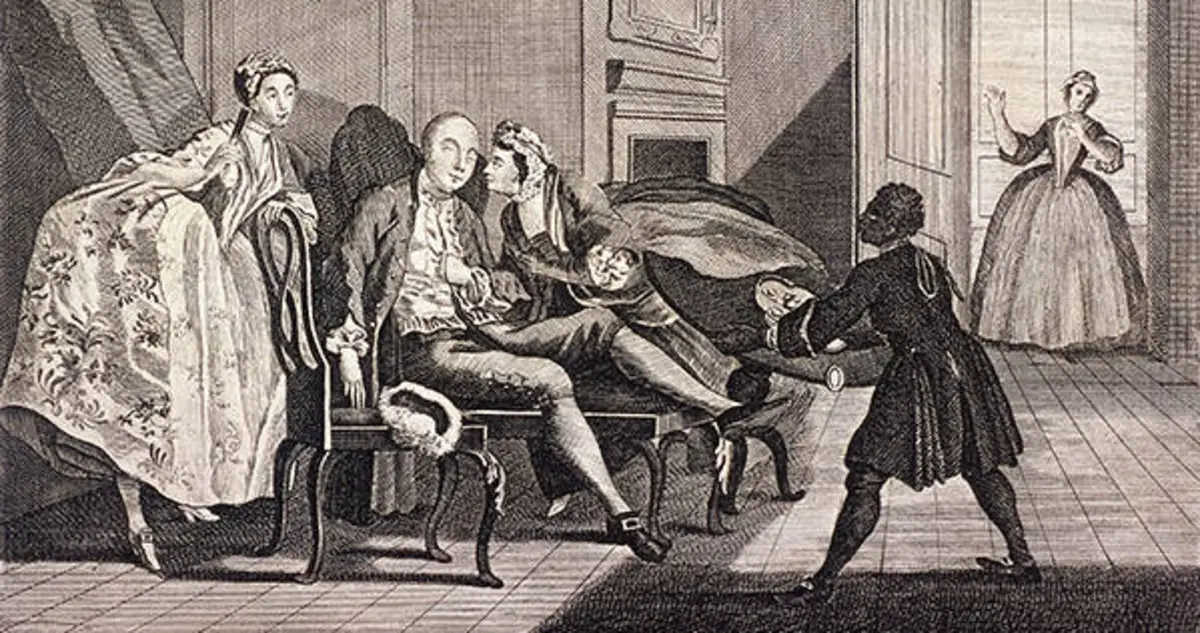
These days, if someone calls you a smartass, it's a bit of a G-rated insult, suggesting that you're a bit of a know-it-all or have a witty tongue. It's more of an old-school dig, and it probably only comes from your parents or grandparents. But the insult didn't come out of nowhere. There was a real Alec who inspired the term.
Alec Hoag was a pimp and con man from New York City in the 1840s. He and his wife ran a scam to fleece men on the streets. He also paid off police officers to ensure he would never be punished. Later, he and his wife ran more elaborate scams where she would lure men into a room, he would secretly steal their discarded clothing, and then feign shock to catch her with a man so the victim would run away without noticing that their belongings had been stolen.
Because Alec believed that men would not report the robbery of a prostitute to the police, he stopped paying bribes. The police did not like the loss of income, so they arrested him. The policeman called him Smart Alec, as in too smart for his own good, and this became a prison nickname. The nickname also spread among the police, referring to any criminal who thought he was too smart, like Smart Alecs. From there, it spread until it became part of the vernacular.
2. Mary from Mary Had a Little Lamb was real

Almost everyone knows the nursery rhyme "Mary Has a Little Lamb," which was first published back in 1830. It's not a very detailed story, and basically it's about a little lamb with wool as white as snow that follows a girl named Mary wherever she goes. But according to the author, he was inspired by a real girl named Mary and her real little lamb.
Mary was Mary Elizabeth Sawyer. Born in 1806, she convinced her father to let her care for a sick lamb in 1815, when she was only nine years old. Against all odds, Mary nursed the little lamb back to health and it made a full recovery. A friendship was born.
According to what Mary wrote many years later, in the 1880s, the lamb probably imprinted on her as she began to feed it and care for it in every way. As a result, it followed her wherever she went, and indeed, it once followed her to school. The teacher who chased the lamb away wrote a popular nursery rhyme version many years later.
1. Granny Smith apples came from Maria Ann "Granny" Smith.

Granny Smith apples are the third most popular apple in America and one of the most popular in the world. Bright green and tart, they are popular for eating on their own, for use in caramel apples, and in pies. The name is not just a cute nickname meant to evoke nostalgic memories of a pie-making grandma. Granny Smith really did exist, and she is responsible for the apple's popularity.
The apple dates back to 1868 in Australia, where Maria Ann Smith, known as Granny Smith, had an orchard with her husband. She tried different varieties of crab apples to find the best ones for cooking and throwing the cores out the window. New seedlings grew from these, and she began to propagate the best ones she found until she settled on an apple she thought was suitable for cooking and eating.
After Smith passed away, other farmers preserved her variety, calling it Smith's Seedling, then Granny Smith Seedling, and finally simply Granny Smith apples.






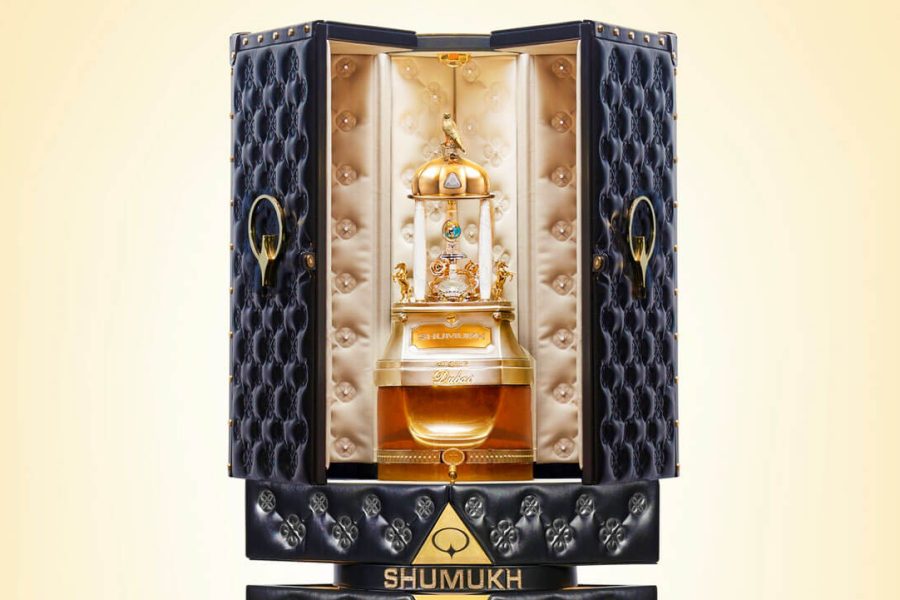






Оставить Комментарий